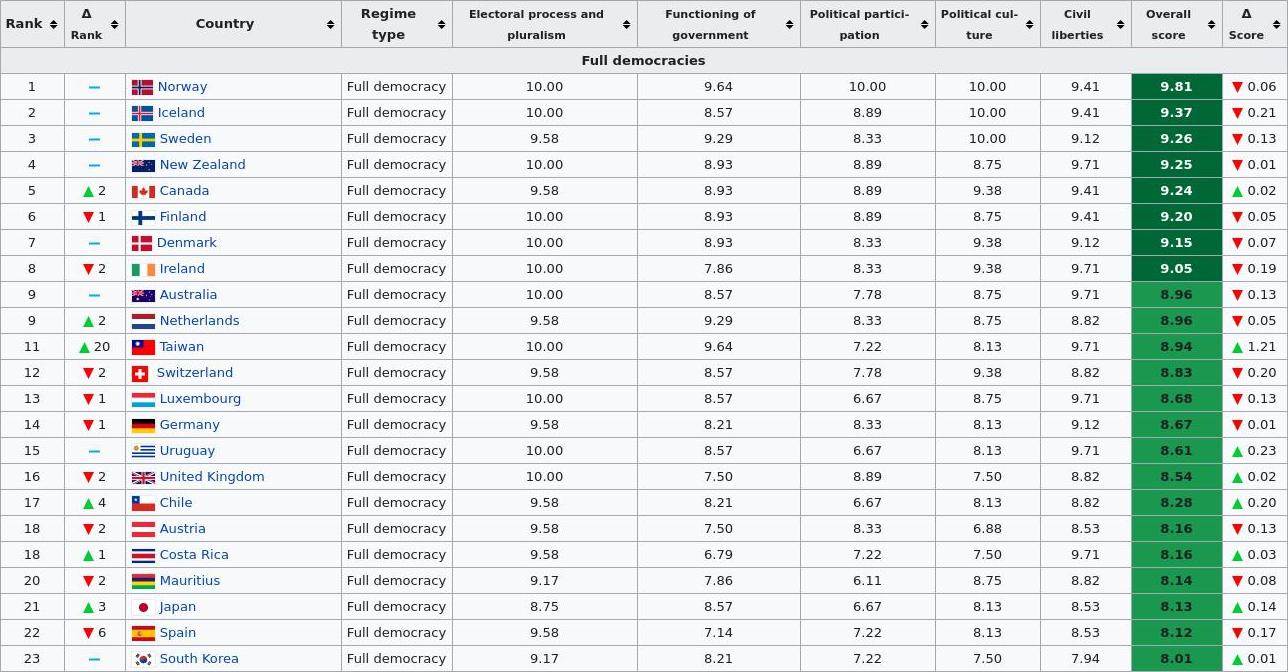In the last few days, screenshots from a certain TERF’s twitter page have been making the rounds in Transgender groups.
This one blathers “facts over ideologies” in her tag line.
Then goes on to use phrenology to “prove” some Transgender people (and defend Ray Blanchard).
And TERFs get upset when anyone calls them racists. Pics below the fold.




